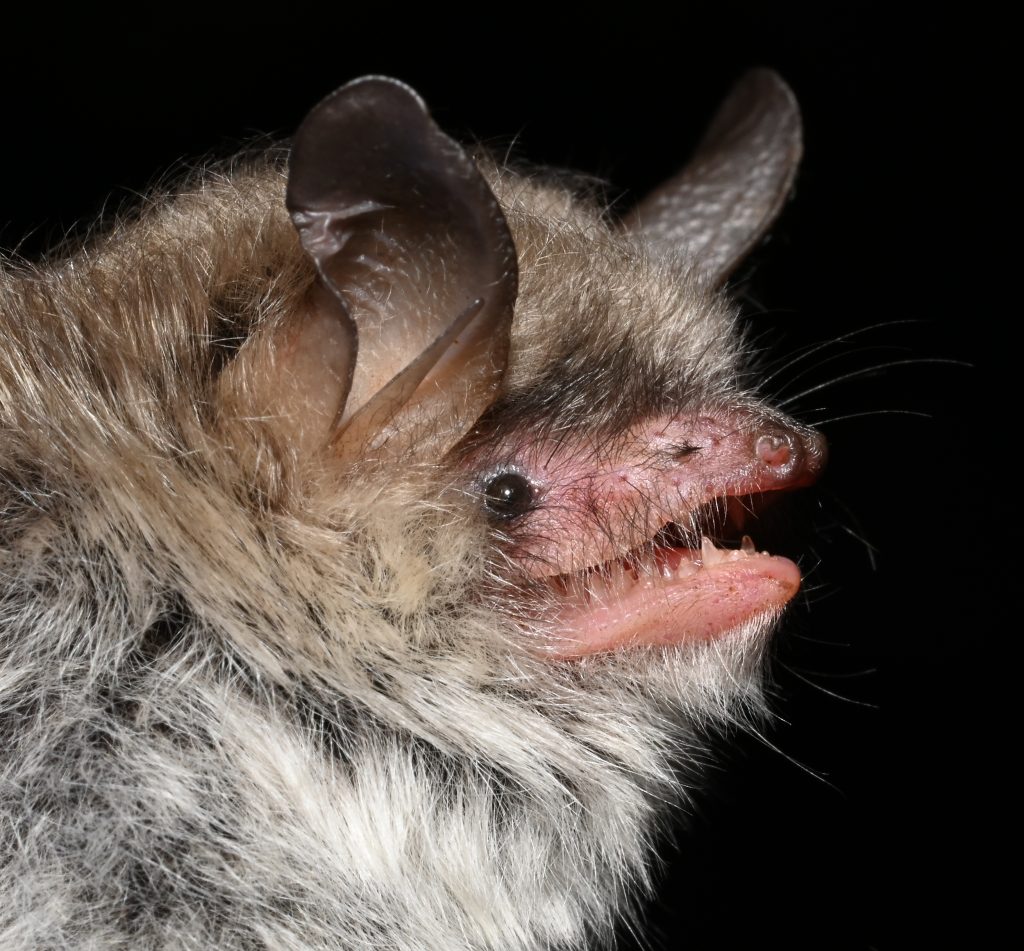Our new article about the cryptic hybridization in Myotis nattereri published in Molecular Ecology! Proud to be part of this huge work done by the colleagues!

The characterization of cryptic hybrid zones with genome-wide analysis is in its early stages and offers new perspectives for studying population admixture and thus the impact of gene flow. In this study, we investigate the population genomics of the Myotis nattereri complex in one of its secondary contact zones, where a putative hybrid zone is formed between two of its cryptic lineages. By utilizing a whole-genome shotgun sequencing approach, we aim to characterize this cryptic hybrid zone in detail. Demographic analysis suggests that the cryptic lineages diverged during the Pliocene, c. 3.6 million years ago. Despite this ancient separation, the populations in the contact zone exhibit mitochondrial introgression and a considerable amount of mixing in nuclear genomes. The genomic structure of the populations corresponds to geographic locations and the genomic admixture changes along a geographic gradient. These findings suggest that there is no effective hybridization barrier between both lineages, nevertheless, their population structure is shaped by dispersal barriers. Our findings highlight how such deeply diverged cryptic lineages can still readily hybridize in secondary contact.
